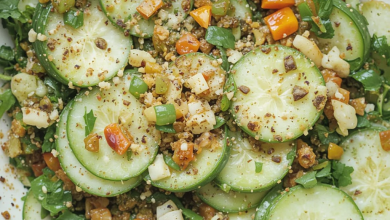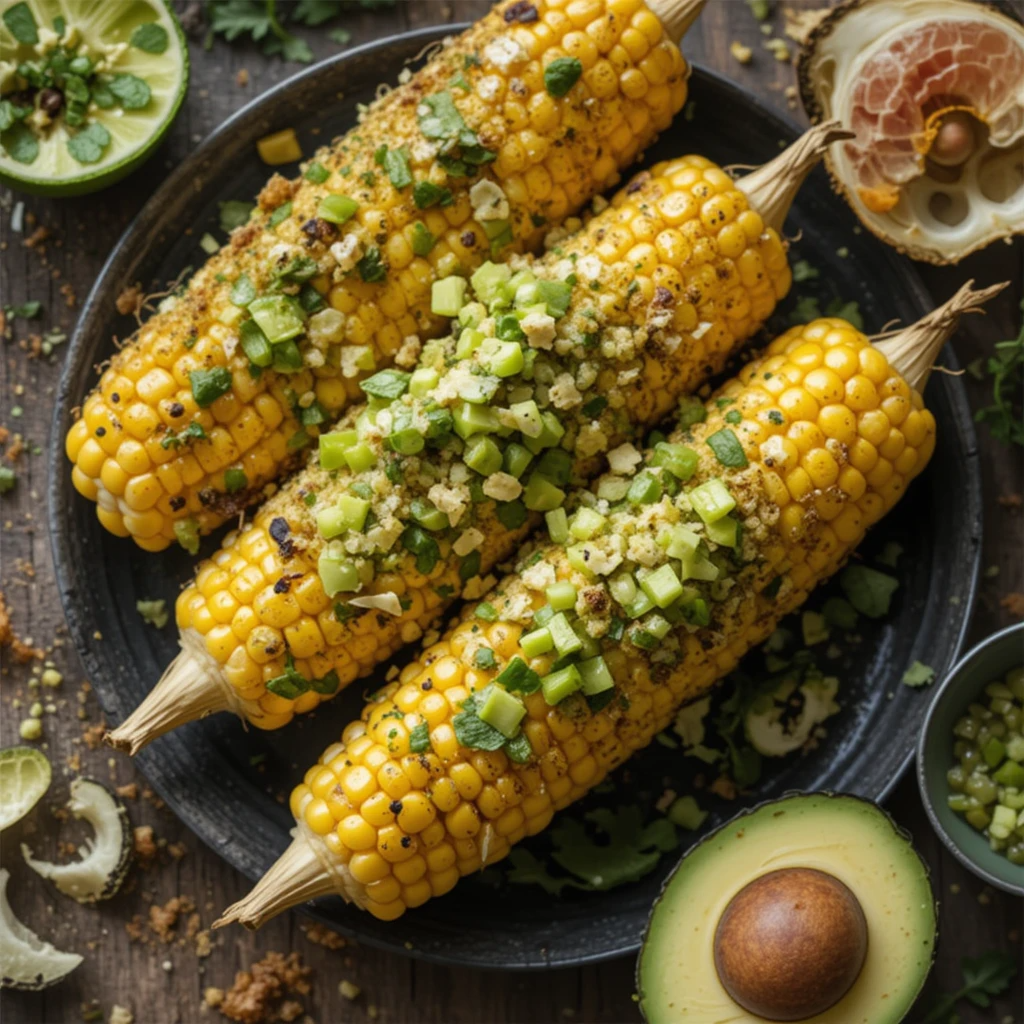Sautéed Fiddlehead Ferns (Ostrich Ferns): A Delicious and Nutritious Spring Delicacy
Fiddlehead ferns, also known as ostrich ferns (Matteuccia struthiopteris), are a unique and seasonal delicacy cherished by foragers and gourmet chefs alike. These tightly coiled young fern fronds are harvested in early spring and offer a distinctive flavor reminiscent of asparagus, green beans, and earthy mushrooms.
In this comprehensive guide, we’ll explore everything you need to know about fiddlehead ferns from their nutritional benefits and proper preparation to a delicious sautéed fiddlehead ferns recipe that will impress any food lover. Whether you’re a seasoned forager or a curious home cook, this article will help you make the most of this wild edible.
What Are Fiddlehead Ferns?
Fiddlehead ferns are the young, unfurled fronds of the ostrich fern, named for their resemblance to the scrolled head of a fiddle (violin). They grow in moist, shaded areas across North America, Europe, and Asia and are available for only a few weeks each spring.
Identifying Ostrich Ferns (Safe to Eat)
Not all ferns are edible, and some can be toxic. The ostrich fern is the most commonly consumed variety, recognized by:
- Deep U-shaped groove on the inside of the stem
- Brown, papery husk covering the coiled frond
- Smooth stem (not fuzzy or hairy)
Avoid: Bracken ferns and other varieties, which may contain carcinogenic compounds.
Nutritional Benefits of Fiddlehead Ferns
Fiddleheads are not only delicious but also packed with essential nutrients, including:
- High in antioxidants (help combat free radicals)
- Rich in omega-3 and omega-6 fatty acids (support heart health)
- Excellent source of iron (boosts energy levels)
- High in fiber (aids digestion)
- Contains vitamins A and C (supports immune function)
Their unique nutritional profile makes them a valuable addition to a healthy diet.
How to Harvest and Prepare Fiddlehead Ferns
Harvesting Fiddleheads
If you’re foraging:
- Look for ostrich ferns in damp, wooded areas.
- Pick only tightly coiled fronds (1-2 inches in diameter).
- Cut just a few fronds per plant to allow regrowth.
Note: Always ensure proper identification before consuming wild plants.
Cleaning and Prepping Fiddleheads
Before cooking:
- Rinse thoroughly under cold water to remove dirt and husks.
- Trim the ends if they appear tough or brown.
- Blanch in boiling water for 2-3 minutes (removes bitterness and potential bacteria).
- Drain and pat dry before sautéing.
Sautéed Fiddlehead Ferns Recipe
This simple yet flavorful recipe highlights the natural taste of fiddleheads with garlic, butter, and a touch of lemon.
Ingredients:
- 1 lb (450g) fresh fiddlehead ferns, cleaned and blanched
- 2 tbsp unsalted butter (or olive oil for a vegan option)
- 2 cloves garlic, minced
- 1 tbsp lemon juice
- ½ tsp salt (or to taste)
- ¼ tsp black pepper
- ¼ tsp red pepper flakes (optional)
- 2 tbsp grated Parmesan cheese (optional)
Instructions:
- Blanch the fiddleheads (boil for 2-3 minutes, then drain and rinse with cold water).
- Heat butter/oil in a large skillet over medium heat.
- Add garlic and sauté for 30 seconds until fragrant.
- Add fiddleheads, salt, pepper, and red pepper flakes. Sauté for 5-7 minutes until tender but still crisp.
- Drizzle with lemon juice and sprinkle Parmesan (if using).
- Serve immediately as a side dish or over pasta/risotto.
Serving Suggestions:
- Pair with grilled salmon or chicken.
- Toss with pasta and cream sauce.
- Add to omelets or quiches.
Frequently Asked Questions (FAQs)
1. Are fiddlehead ferns safe to eat raw?
No, they should always be cooked to remove potential toxins and improve digestibility.
2. Where can I buy fiddlehead ferns?
Look for them in specialty grocery stores, farmers’ markets (in spring), or online foragers.
3. How do I store fresh fiddleheads?
Keep them in a paper bag in the fridge for up to 3 days. For longer storage, blanch and freeze.
4. Can I substitute fiddleheads in recipes?
Yes—asparagus, green beans, or broccolini make good alternatives.
Conclusion
Sautéed fiddlehead ferns are a nutrient-rich, gourmet spring treat that’s easy to prepare and bursting with flavor. Whether you forage them yourself or find them at a market, this delicate vegetable deserves a spot on your seasonal menu.
Try this simple sautéed recipe and enjoy the unique taste of nature’s edible spiral!



